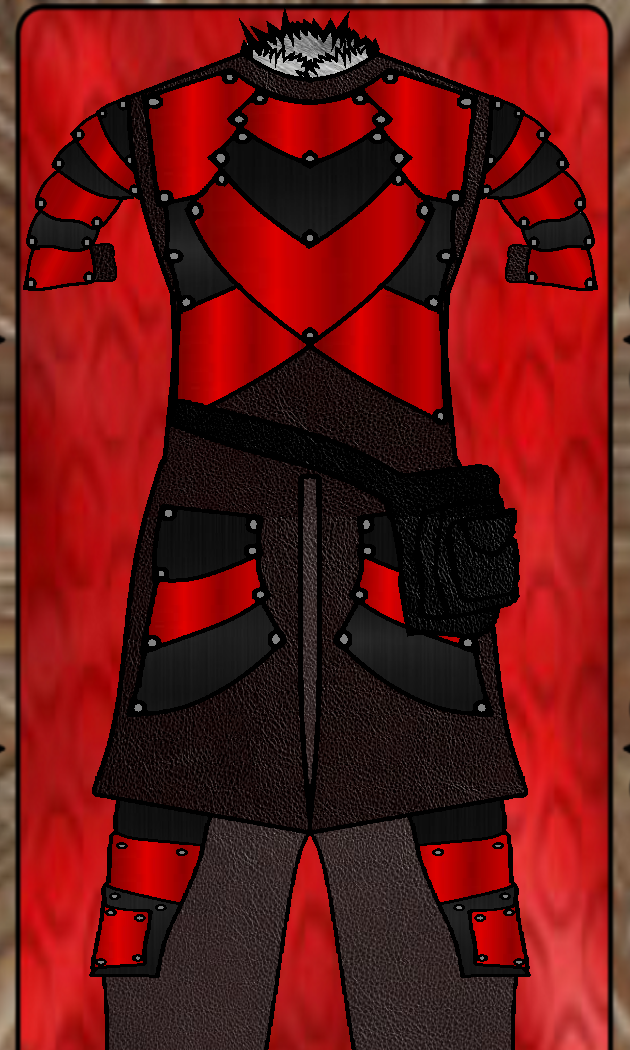

By this rationale it could be grouped together with Dexterity and Dodge, but could be placed anywhere according to DM Discretion.ĭexterity Modifier and Dodge Bonus. Insight Bonus is much like Deflection, in that it could technically be placed anywhere, Insight represents an outside force granting you insight over where an attack will come from and where it will land, allowing you to simply not be there. These are placed in varying locations throughout the order, Cover should be applied first as it would be the first major line of defense preventing someone from taking a hit. These can be a number of different things, cover of various sizes, Cowering, being Helpless, Kneeling or sitting, being Pinned or Prone, Miss Chance (usually due to variant rules), etc. Of course a 1 is a failure, but two to ten, that represents a Miss Zone, if you roll a total of below here, you will always miss due to inaccuracy as everything has an AC higher than this point. The Ten in this formula establishes a baseline, but has a little more importance than that. This specific order is important, but can be shuffled some depending on the bonuses in question. This requires a re-structure of the formula when determining Armor Class, that being the following: 10 + Other Modifiers + Insight Bonus + Dexterity Modifier + Dodge Bonus + Deflection Bonus + Shield Bonus + Armor Bonus + Natural Armor Bonus + Size Modifier This has an added benefit of you being able to technically sunder not only Armor, which is normally not a Sunder Target, but Natural Armor as well. While it requires more book keeping to use this method, it has some benefits over the traditional system, namely the "Miss without Missing" aspect, though this could also be considered a penalty, as it allows you to "Hit without Hitting." In Short: Consider that Armor, Shields, All forms of equipment, have Health and Hardness, when your armor class is such that your armor or shield would stop the attack, the attack connects with the armor or shield as though it were a sunder attempt targeting the piece of equipment that was struck. The SRD could be interpreted as the strikes glancing off a shield or armor, but that would still require that the strike make contact with the armor or shield. This presents a question, when someone rolls a value that would equate to the bonus given by a shield or armor, what happens to the strike? Some hand wave the Attack Roll v Armor Class system to be a Hit or Miss process, if you don't make it, you don't even connect. This has a handful of effects, it makes D&D fairly streamlined, if the attack roll beats the Armor class then the attack connects. Traditional Armor class is defined in the following way:ġ0 + Size Modifier + Dex Modifier + Armor Bonus + Shield Bonus + Deflection Bonus + Insight Bonus + Natural Armor Bonus + Dodge Bonuses + Other ModifiersĪs per normal explanations, all of the factors collectively determine your difficulty to be hit, as it represents "how hard it is for opponents to land a solid, damaging blow on you." This is a basic enough idea that complicates combat somewhat but has some rewarding results when played correctly, allowing a player to Miss-without-Missing in some cases, or having a more interesting explanation for why they miss as opposed to just "You miss." The result of a system like this means that you have to track shield and armor health far more than you do otherwise, but gives a good fairly immersive way to incorporate equipment wear and tear, it can give players things to brag about, stories about scars that apply to weapons, shields, or armor, potentially as well as yourself.
#Armour class 5e license#
It is our intent to work within this license in good faith.Something about Armor Class that always bothered me is that Armor and Shields contribute bonuses to your AC, which by most game standards comes out as "This armor makes you less likely to be hit." By all means the +8 granted from a suit of Plate Armor should represent a small window where your plate armor takes the damage in your stead. If you see any page that contains SRD material and does not show this license statement, please contact an admin so that this license statement can be added.

To distinguish it, these items will have this notice.
#Armour class 5e free#
It is covered by the Open Game License v1.0a, rather than the GNU Free Documentation License 1.3. This is part of the 5e System Reference Document. Types of Armor Light Medium Heavy Getting Into and Out of Armorīack to Main Page → 5e System Reference Document Open Game Content ( place problems on the discussion page). Armor Armor Qualities Armor Proficiency Armor Class Heavy Armor Stealth Shields


 0 kommentar(er)
0 kommentar(er)
